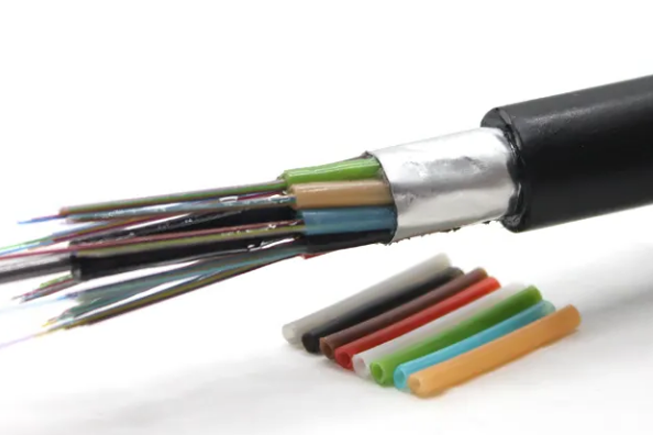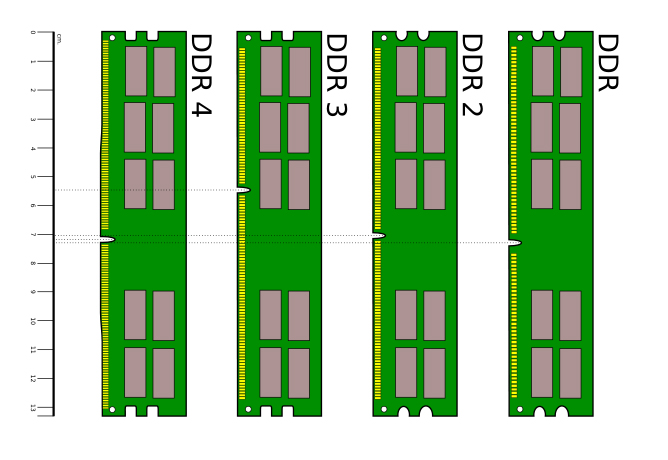Optical fiber technology has undergone numerous significant breakthroughs since the 19th century, gradually evolving into an indispensable foundation for modern communications and various other industries. Below are the key milestones in the development of optical fibers:
1. Introduction
As the name suggests, optical fiber technology is a highly efficient means of communication that utilizes light to transmit information. Its fundamental principle is based on total internal reflection, allowing light signals to propagate over long distances within slender glass or plastic fibers with minimal loss. With the advent of the information age, optical fibers have demonstrated unparalleled importance in modern communications, healthcare, military applications, and the energy sector. This article aims to review the historical development of optical fiber technology, outline its critical milestones, and pay tribute to the pioneers who have made outstanding contributions to its advancement.
Download the Timeline of Optical Fibers PDF
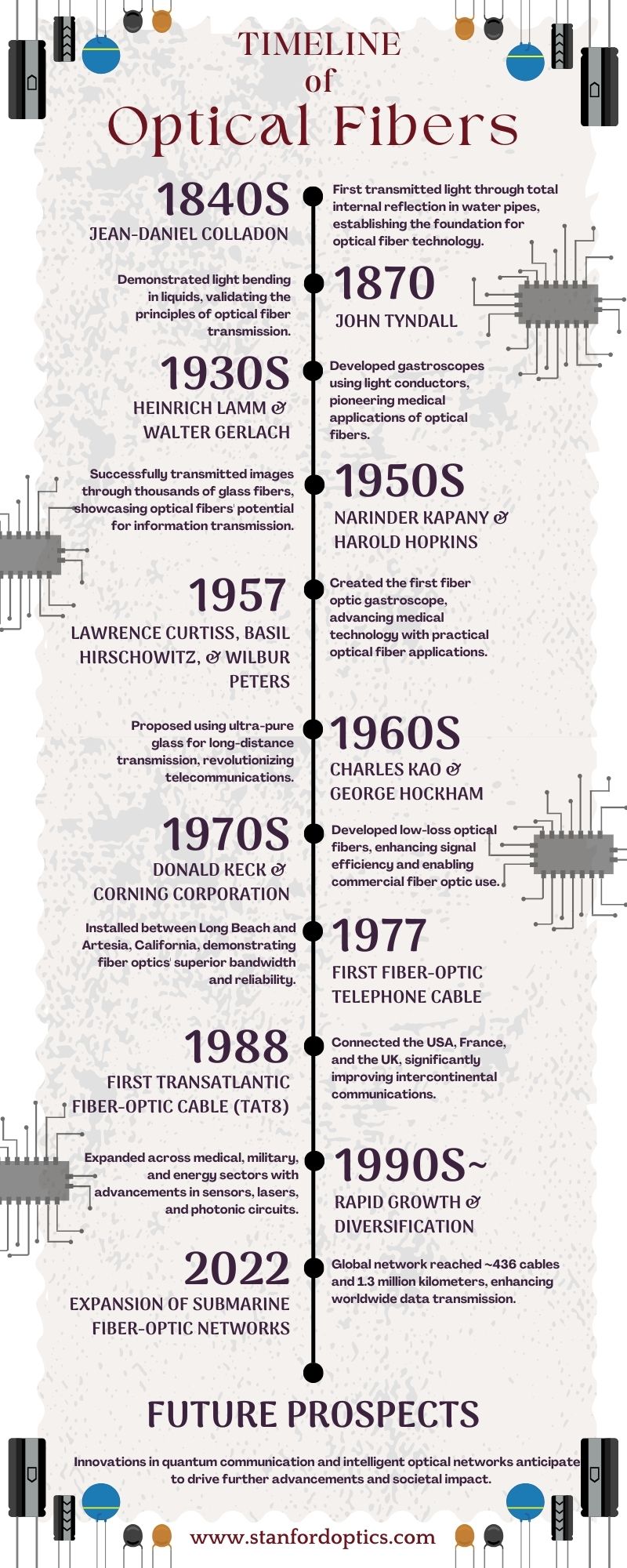
2. Early Discoveries and Foundation
1840s: Swiss Physicist Daniel Colladon
In the 1840s, Swiss physicist Jean-Daniel Colladon conducted experiments within water pipes and first discovered that light could be transmitted through total internal reflection inside the pipes. This revelation unveiled new possibilities for light propagation within media, laying a solid theoretical foundation for the birth of optical fiber technology.
,1884.jpg)
Author: Jean-Daniel Colladon (1802-1893). Source: This illustration appears in "La Nature" magazine in 1884 and it is reproduced in modern-day accounts of the history of fiber optics including Jeff Hecht's book Story of Fiber Optics and i-fiberoptics.com archive copy at the Wayback Machine.
1870: Irish Physicist John Tyndall
In 1870, Irish physicist John Tyndall demonstrated the phenomenon of light bending within liquids at the Royal Society of London. By directing light into a water jug and partially emptying it, Tyndall observed the light bending along the water's path. This "bending of light" phenomenon is the core principle of optical fiber transmission. Although Colladon is regarded as the true founder of optical fiber technology, Tyndall's experiment provided early empirical support for the theoretical underpinnings of optical fibers.
3. Pioneering Explorations in the Early 20th Century
1930s: German Students Heinrich Lamm and Walter Gerlach
During the 1930s, German students Heinrich Lamm and Walter Gerlach endeavored to create gastroscopes using light conductors. This marked the initial application of optical fiber technology in the medical field. Their efforts paved the way for the subsequent development of optical fiber medical instruments, showcasing the practical potential of optical fibers in real-world applications.
4. Mid-20th Century Breakthroughs
1950s: Indian Physicist Narinder Kapany and British Physicist Harold Hopkins
In the 1950s, Indian physicist Narinder Singh Kapany and British physicist Harold Hopkins successfully transmitted simple images through light conductors composed of thousands of glass fibers. Kapany, recognized for his outstanding contributions to optical fiber research, is often hailed as the "Father of Optical Fiber." Their research demonstrated the feasibility of optical fibers in information transmission, propelling further advancements in optical fiber technology.
1957: Lawrence Curtiss, Basil Hirschowitz, and Wilbur Peters at the University of Michigan
In 1957, scientists Lawrence Curtiss, Basil Hirschowitz, and Wilbur Peters at the University of Michigan successfully developed the world's first fiber optic gastroscope. This breakthrough not only represented a significant advancement in medical technology but also laid the groundwork for the widespread application of optical fibers in medical instruments, marking a crucial step towards the practical utilization of optical fiber technology.
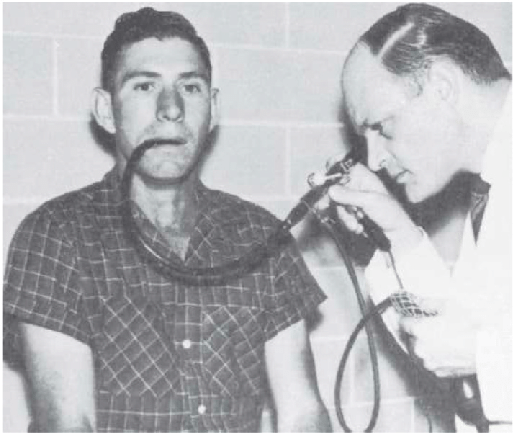
Source: Basil I. Hirschowitz, Endoscopic examination of the stomach and duodenal cap with the fiberscope, Lancet 1 (1961):1075, Fig. 2
5. Theoretical and Practical Foundations
1960s: Contributions of Charles Kao and George Hockham
In the 1960s, Charles Kao and George Hockham recognized that achieving long-distance transmission of optical fibers required the use of ultra-pure glass to reduce fiber attenuation. They proposed utilizing optical fibers for telephone signal transmission, fundamentally transforming the landscape of telecommunications.
6. Technological Breakthroughs and Commercialization
~1970: Donald Keck and Corning’s Low-Loss Fibers
In the early 1970s, Donald Keck and Corning Corporation achieved a groundbreaking milestone by developing low-loss optical fibers. Through meticulous optimization of glass purity and manufacturing processes, they significantly reduced signal attenuation, allowing optical signals to travel longer distances without degradation. This pivotal advancement not only enhanced the efficiency of light transmission but also laid a solid foundation for the practical and widespread application of fiber optic technology across various industries.
1977: First Fiber-Optic Telephone Cable
Just seven years later, in 1977, the first fiber-optic telephone cable was successfully installed between Long Beach and Artesia, California. This landmark installation showcased the immense potential of fiber optics in the commercial telecommunications sector. Compared to traditional metal cables, the fiber-optic telephone cable demonstrated superior bandwidth and reliability, validating the feasibility of fiber optics in large-scale communication networks and ushering in a new era of high-speed, long-distance telephone communication.
7. Global Expansion and Infrastructure Development
1988: First Transatlantic Fiber-Optic Cable (TAT8)
In 1988, the deployment of the first transatlantic fiber-optic cable, TAT8, marked a significant milestone in global communications. TAT8 connected the United States, France, and the United Kingdom, greatly enhancing intercontinental communication capabilities. The successful operation of this cable not only reduced information transmission times between continents but also provided a robust foundation for information exchange in the era of globalization.
1990s to Present: Rapid Growth and Diversification
Since the 1990s, fiber optic technology has experienced remarkable growth and diversification, expanding its applications into various sectors including medical, military, and energy industries. Concurrently, advancements in related technologies such as fiber optic sensors, lasers, and photonic integrated circuits have progressed swiftly. This period of rapid expansion and diversification has further solidified the central role of fiber optics in modern technology.
8. Modern Landscape and Future Prospects
2022: Expansion of Submarine Fiber-Optic Networks
By 2022, the global submarine fiber-optic cable network had expanded to approximately 436 cables, covering a total length of 1.3 million kilometers. This substantial increase from 2019 highlights the ongoing deepening of global connectivity, with submarine fiber-optic networks playing an increasingly vital role in supporting transnational data transmission and global communication.
Future Innovations and Applications
Emerging technologies continue to enhance the performance and applications of fiber optics. Innovations such as quantum communication, ultra-high-speed data transmission, and intelligent optical networks are driving continuous advancements in fiber optic technology. Looking ahead, fiber optics are poised to make profound impacts across a broader range of fields, propelling technological progress and societal development to new heights.
9. Conclusion
The evolution of fiber optic technology, from the initial explorations in the 1840s to its current maturity, is marked by numerous significant milestones that demonstrate both technological leaps and expansive applications. This journey owes much to the pioneering efforts of visionaries like Daniel Colladon, John Tyndall, Narinder Kapany, and Charles Kao, whose innovative spirit and relentless dedication were instrumental in the breakthroughs and widespread adoption of fiber optics. The enduring significance of fiber optic technology in shaping modern communication and technological landscapes is undeniable, and its importance is set to grow with ongoing advancements. As we look to the future, fiber optics will continue to be a cornerstone in fostering an information-driven society, enhancing global connectivity, and enabling a myriad of innovative applications, thereby writing a brighter and more connected chapter in the annals of technology.
Stanford Optics is a leading high-performance optical cable solutions provider, trusted by industries worldwide. Focusing on quality, innovation, and customer satisfaction, we specialize in delivering tailored fiber optic products designed to meet the diverse needs of modern communication and infrastructure projects.
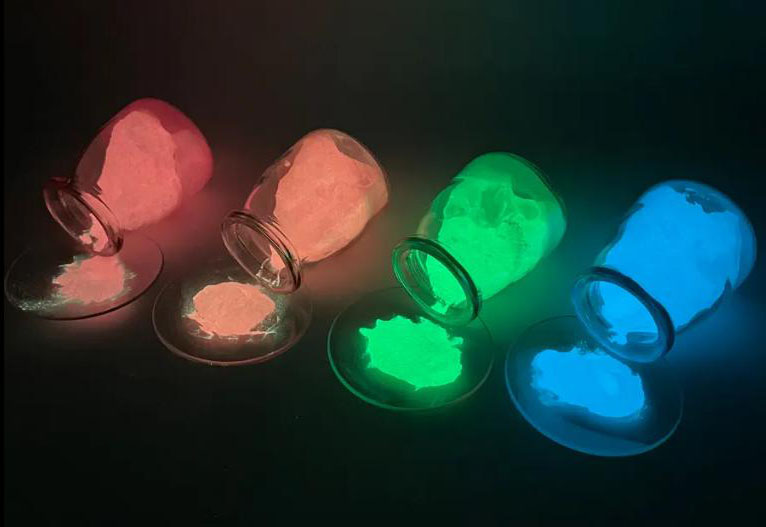

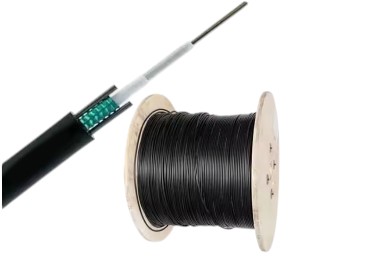
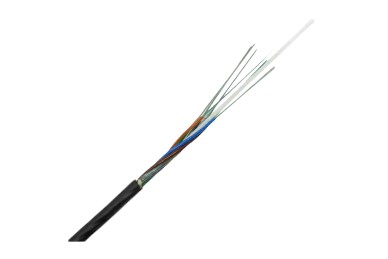
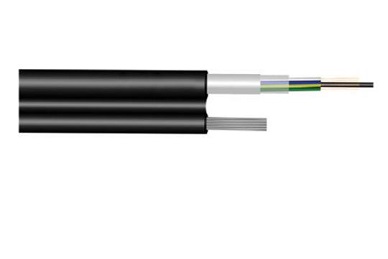
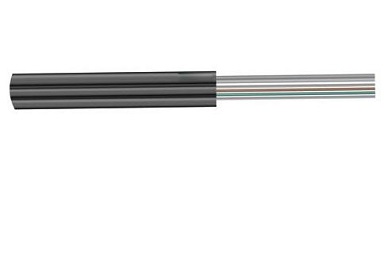
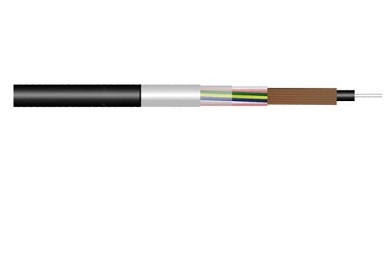
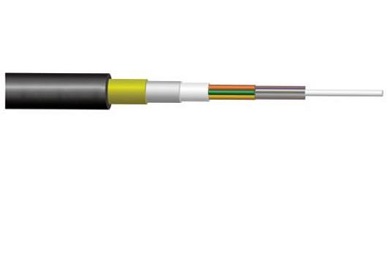
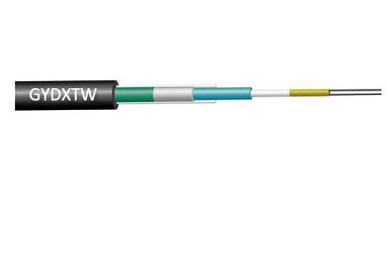
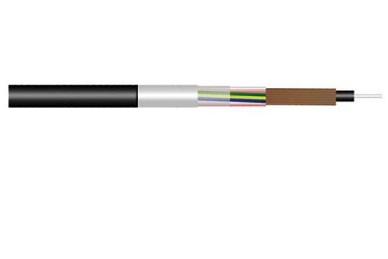

,1884.jpg)

